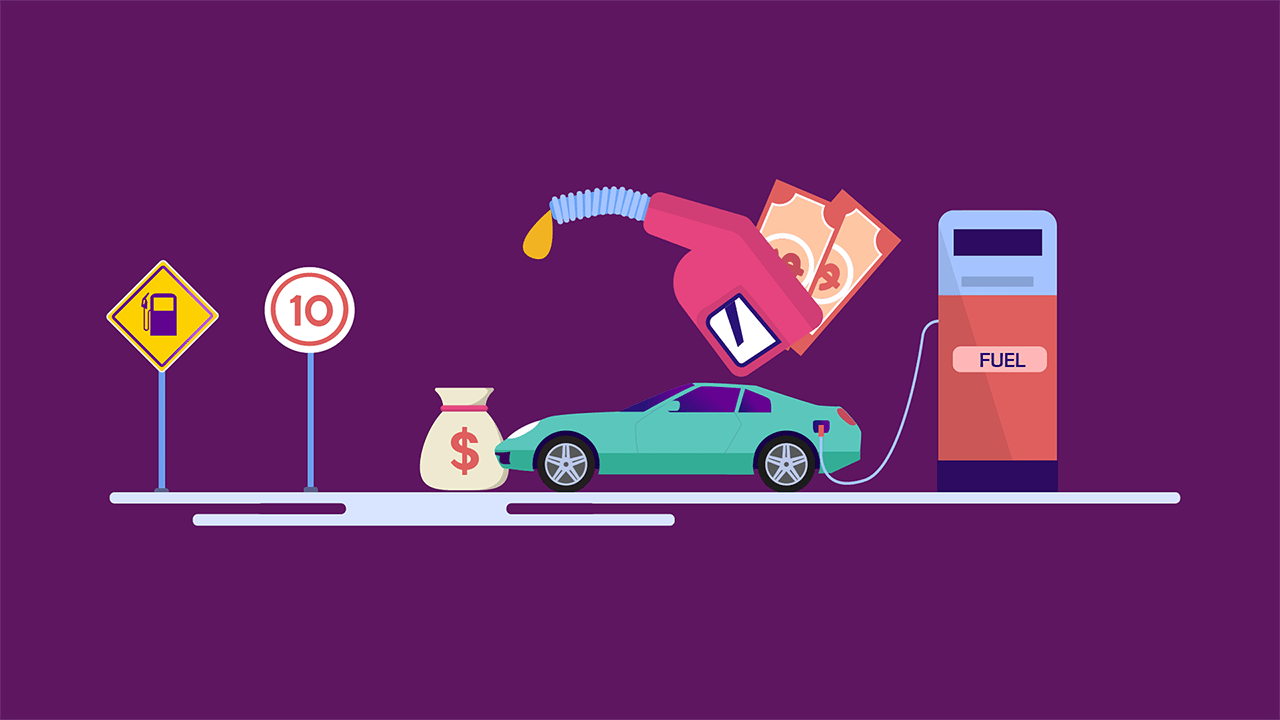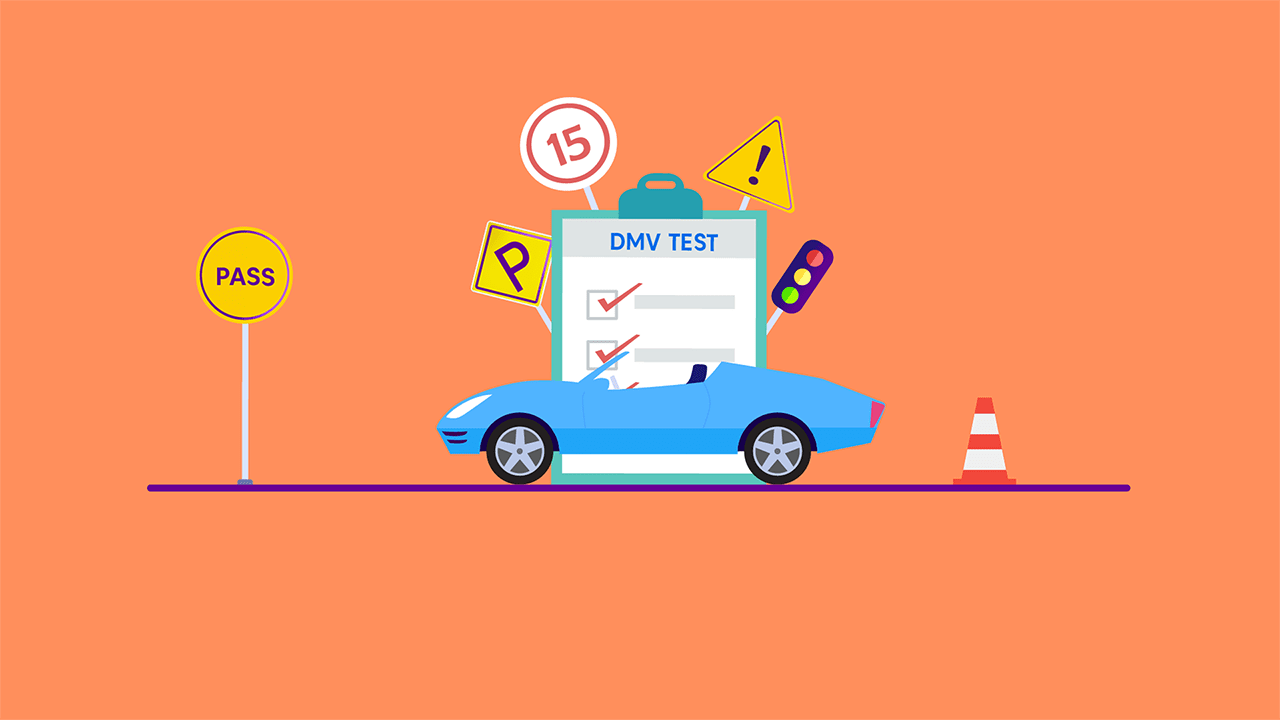6 Essential Tips for Safer Night Driving | Stay safe on road
By Umm e Hani on Apr 17, 2024Contents
- What is the risk of driving at night?
- Reduced Visibility
- Glare
- Drowsiness
- Drunk Driving
- Increased Wildlife Activity
- Reduced Depth Perception
- Higher Risk of Speeding
- Poor Road Conditions
- What Should Your Following Distance Be At Night?
- 6 Essential Tips For Driving At Night Safely
- FAQ
You might face the decision of driving at night or waiting until morning. A situation that is familiar to many drivers. Night time driving comes with reduced visibility and an increased risk of drowsiness, making it important to take extra precautions on the road until daylight. However, for those choosing to drive at night, here are six tips to ensure a safe journey.
What is the risk of driving at night?
Reduced Visibility
The most apparent reason is reduced visibility. At night, you have limited natural light, which can make it challenging to see clearly. This reduced visibility makes it harder to spot obstacles, pedestrians, or animals on the road.
Glare
Oncoming headlights, especially from larger vehicles, can create glare, making it difficult to see the road ahead. This can be particularly blinding and dangerous.
Drowsiness
People are naturally more tired at night, and drowsiness can significantly affect your reaction time and attentiveness while driving.
Drunk Driving
There's a higher likelihood of encountering drunk drivers at night, increasing the risk of accidents caused by impaired judgment and reflexes.
Increased Wildlife Activity
Many animals are more active at night, which can lead to collisions with wildlife on the road.
Reduced Depth Perception
At night, it's harder to judge distances, which can make it challenging to gauge how far you are from other vehicles or obstacles.
Higher Risk of Speeding
Some drivers may feel that there's less traffic at night and, therefore, may be tempted to speed, which increases the risk of accidents.
Poor Road Conditions
Road maintenance may not be as efficient at night, leading to poorer road conditions that can be hazardous.
To stay safe when driving in the dark, it's essential to take extra precautions, such as reducing your speed, keeping a safe following distance, and ensuring your headlights and taillights are in good working order. Additionally, avoiding drowsy or impaired driving is crucial for your safety and the safety of others on the road.
What Should Your Following Distance Be At Night?
Your following distance at night should be about three seconds. This means that when the vehicle in front of you passes a fixed point (like a sign or a road marker), you should count three seconds before your vehicle passes the same point.
Maintaining this distance allows you more time to react to any sudden stops or unexpected situations on the road. But in conditions like wet or icy roads, it's a good practice to increase your following distance to provide even more reaction time. Be extra cautious and consider reducing your speed when driving in adverse weather or road conditions.
6 Essential Tips For Driving At Night Safely
Night driving can be a bit challenging, but with these tips, you can reduce the risk and feel more confident when the sun goes down:
1. Avoid Driving While Tired
When you're feeling tired, it's harder to stay focused on the road. If you're struggling to stay awake, try drinking some caffeine, listening to music, or getting fresh air by opening the window. But if these don't work, don't push yourself. Find a safe place to rest, even if it's just for a short nap or a full night's sleep.
2. Stay Away from Two-Lane Highways
Two-lane highways at night can be risky due to oncoming headlights. Whenever possible, choose multi-lane roads to minimize the blinding effect of high beams from other cars.
3. Clean Your Windshield and Mirrors
Good visibility is crucial. Make sure your windshield and mirrors are clean and clear, as a dirty windshield scatters light and worsens glare.
4. Adjust Interior Lights
Interior lights can be distracting when they compete with the road. Keep unnecessary lights off and dim display lights to avoid distractions.
5. Check Your Headlights
Ensure your headlights are clean and bright. The angle of your headlights matters too; they shouldn't be too low or too high. If needed, get professional help to adjust them.
6. Use High Beams Wisely
High beams improve visibility, especially on poorly lit roads. However, switch to low beams when approaching oncoming traffic to avoid blinding others.
Always maintain a safe distance from the car in front of you, and keep in mind that road conditions matter. Slow down even more in wet or icy conditions.
Stay safe, follow these tips, and make your nighttime driving experience safer for you and others on the road. Remember, safety on the road is crucial, so ensure you have the right auto insurance coverage.
FAQ
How Is Your Vision Different At Night?
At night, your vision is affected by reduced light, limiting your ability to perceive details. Peripheral vision is less effective, colors appear less vivid, and your eyes may have trouble adjusting to changes in light levels.
How To See Better At Night Driving?
To improve night vision, ensure clean and properly adjusted headlights, clean windshields and mirrors, dim interior lights, and use high beams appropriately. Reduce speed for added reaction time and avoid overdriving your headlights. Be cautious in adverse weather conditions. These steps enhance your ability to drive safely at night.


